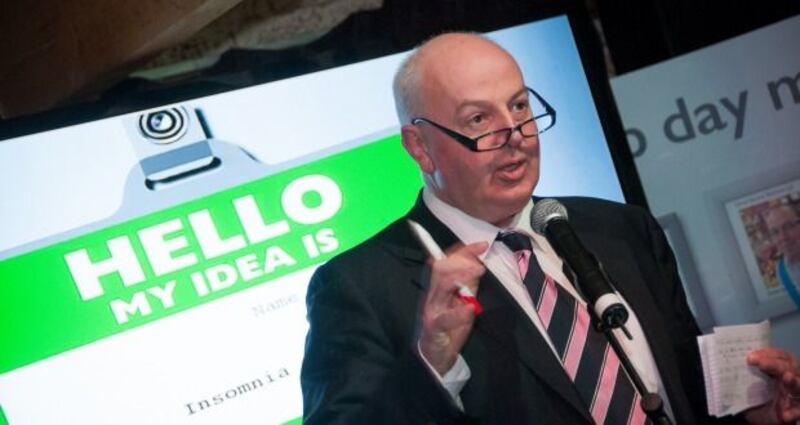So you’ve got an idea for a product or service that will revolutionise the industry you currently work in. That’s a great starting point but I’d caution you not to build anything until you’ve gone out and spoken to your potential customers first. And even then, I’d suggest you build as little as possible – just enough to garner valuable potential customer feedback.
You should not focus on solutions at this stage, you should instead spend as much time understanding the problem you are fixing for a customer. They don’t care how you fix it, they just care that you fix it.
It’s my experience that many entrepreneurs want to build things, but successful entrepreneurs want to fix things.

Deeply understanding the challenges and problems that your customer faces will help you build a better product or service. You do that by talking to customers before you build anything.
The worst thing that can happen is that they will tell you that they already have a perfectly good solution. This is really important information and you need to listen to them. If they already have an existing solution, it demonstrates that there is demand for solutions in this space, but your idea needs to be exponentially better than the current solution to stand a chance of competing. When Henry Ford asked people what they wanted from transport they told him faster horses. His vision transformed the way customers viewed solutions - but it still got them from A to B faster than a horse.
And now that you’ve identified a customer with a big problem that you can fix, you better check that there are enough of them. A lot of the time we scratch our own itch, and maybe we find a few more people that have the same itch as us but to build a business you need a lot of customers, so make sure your target market is big enough to build a sustainable business. This isn’t rocket science – a back-of-the-envelope calculation will help you decide whether the opportunity is big enough to become a business. “Big enough?” is a personal question to you, the entrepreneur – do you have the ambition to employ 10 people or 1,000 people? Do you want to be a leader in the Irish market or a leader globally? Answering these questions early will dictate the size of the opportunity that is appropriate for you.
The next thing you should do is understand how you are going to acquire your customers. Getting customers costs money and not acquiring customers cost effectively is one of the main reasons businesses fail. Aiming to put a number against your cost of acquiring a customer is one of the first jobs you should do in a startup. Your profit is much more than how much it costs you to produce your product less how much you can sell it for. You have to add in how much it costs to acquire that customer. Get that equation wrong and your business is doomed from the start.
Now can you start building? Yes, but don’t lock yourself away from your customer. You’ve started a relationship with them through the validation steps I discussed above. Constantly test with them that you’re still building the right thing. Customers evolve and so do the challenges they face. What may be an acceptable solution today could be surpassed quickly by another (particularly if your product is based on technology). Remaining close to your customers offers you the best competitive advantage in today’s startup environment.
Gary Leyden
Director, NDRC LaunchPad










